There’s something about Athens that keeps pulling me back, and honestly, it’s not just the famous ancient ruins. Wandering around the Plaka district has become my favorite Athenian pastime—it’s simply the best way to discover the city’s charm, hidden corners, and local secrets.
The narrow, winding streets always surprise me—one minute I’m ducking into a quiet alley, and the next I’m in a lively square, greeted by the smell of fresh baked goods.

Every walk in Plaka feels like a brand new adventure. I love how each twist and turn brings me to tiny shops, colorful houses, and cozy cafes where I can just sit and soak up the energy.
When I stroll with no plan, I end up finding hidden gems and picture-perfect spots that never seem to make it into guidebooks.
If you like wandering without a plan, you’ll probably love Plaka too. The neighborhood lets me experience Athens in a laid-back, real way, and honestly, getting “delightfully lost” is half the fun.
Why Plaka Captivates: Athenian Charm and Timeless History
Plaka really shows off Athens’ long story, blending ancient roots with modern local life. Its winding lanes, quirky architecture, and deep cultural history turn the neighborhood into a sort of open-air museum—but with cafes and friendly cats everywhere.
Ancient Streets: A Walk Through Time
Whenever I walk in Plaka, the streets just feel different from the rest of Athens. Cobblestones twist in tight patterns, and the paths quietly snake around corners.
Many of these lanes have been here since Athens’ classical days, right in the shadow of the Acropolis.
I lose myself in the maze of narrow streets—not just to see the sights, but to feel the heartbeat of old Athens. Sometimes I turn a corner and spot a ruin tucked behind a restaurant, or see an ancient column built into someone’s home.
Street musicians play here and there, their music echoing through alleys that have heard songs for centuries. For me, wandering these streets feels like stepping right into history, where every stone probably has a tale to tell.

Architectural Gems and Hidden Corners
Plaka’s architecture always surprises me. I’ll find neoclassical mansions with flower boxes right next to tiny, whitewashed houses.
Shutters come in blue or green, and ivy crawls up the walls, softening the buildings’ age. Some of these places date back to the 1800s, but others hide even older bones.
Neglected courtyards sometimes open up to tiny churches or mosaics. Bougainvillea spills over gates.
One day, I stumbled into a peaceful square just steps from busy Adrianou Street—a perfect spot to sip coffee and stare out at the National Garden’s treetops.
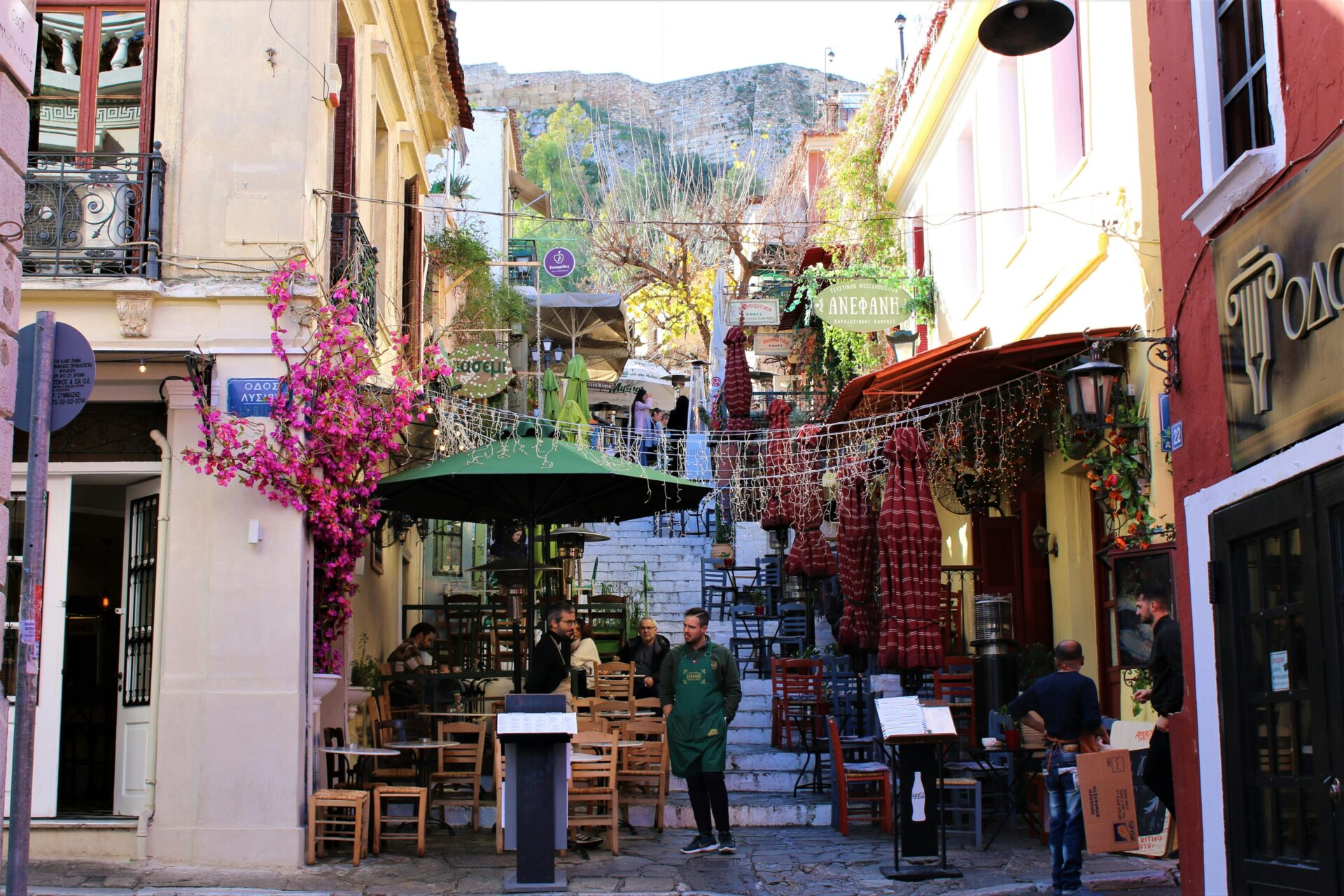
If you’re curious, these corners offer a quiet break from the city’s rush.
| Must-See Buildings | Why Visit? |
|---|---|
| Anafiotika houses | Cycladic style, postcard-perfect |
| Church of St. Nicholas Rangavas | Oldest church in Plaka |
| Neoclassical mansions | 19th-century architecture |
Understanding Plaka’s Cultural Significance
Plaka’s spirit comes from more than just its age or architecture—it’s the way history and daily life mix together. People have lived here since ancient times, and today the neighborhood brings together cultures, food, and art in one place.
Markets pop up along the streets, selling olives, handmade jewelry, and more. Cafes spill onto sidewalks, and friends gather for coffee under the Acropolis’ watchful eye.
The Acropolis Museum is just nearby, giving a modern look into the city’s past.
There’s always something happening—maybe a festival, a street performer, or kids playing by the National Garden’s entrance. For me, Plaka is old Athens, but it’s alive and always changing—yet somehow, it stays rooted in something timeless.
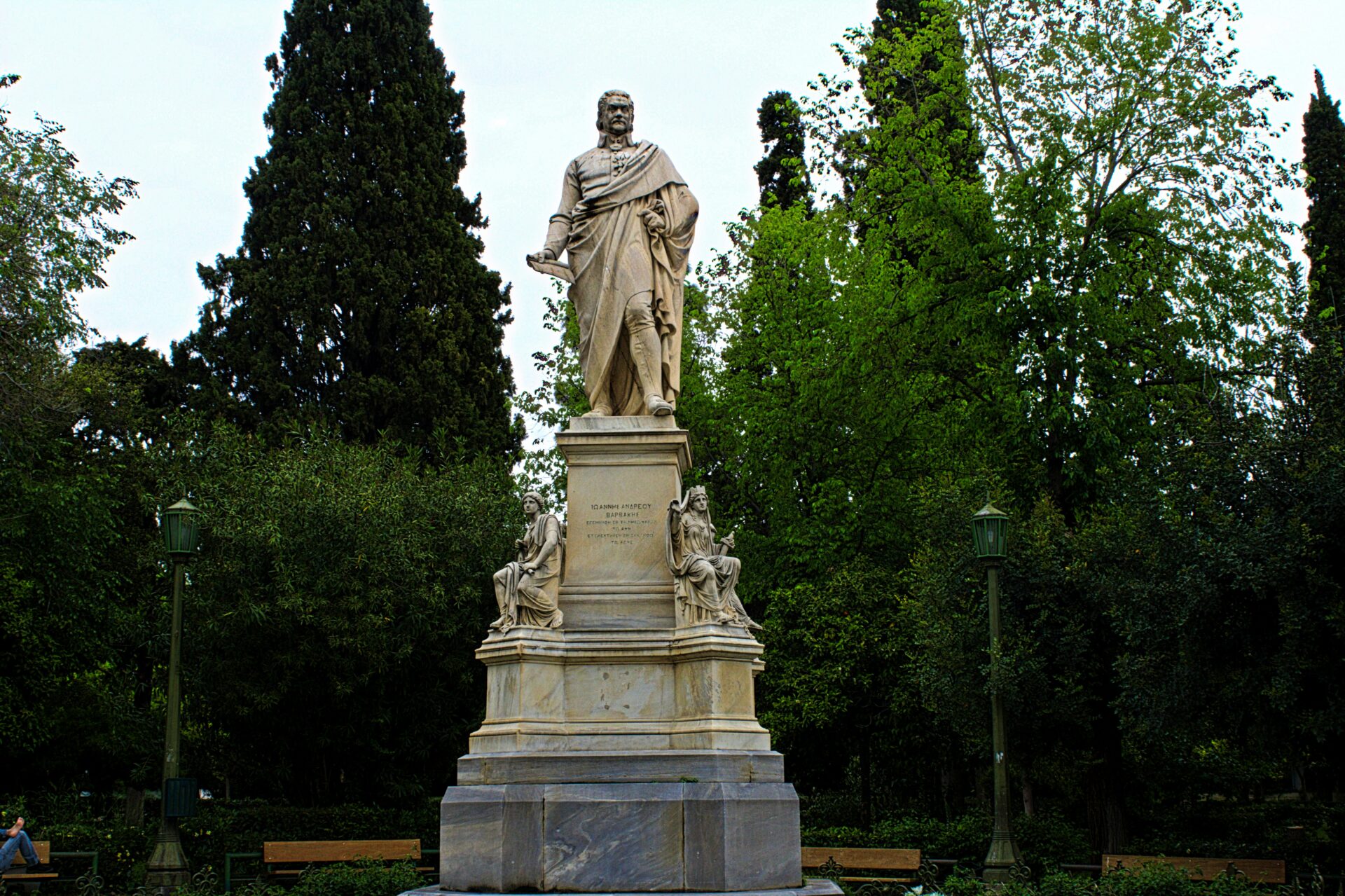
Getting Delightfully Lost: My Personal Wanderings
When I wander through Plaka, I move through a web of old stone lanes, odd dead ends, and tiny staircases. Sometimes I leave the map behind and just let curiosity guide me.
Every step becomes a chance for new discoveries and gentle reminders to slow down.
Stumble-Upon Moments and Secret Passages
Every time I walk through Plaka, I seem to spot something new. Once, heading down a narrow path, I noticed a painted door with flowers spilling over the top.
Kids played along the cobbled lane, their laughter bouncing off faded pastel walls.
I’ve learned to pause a lot. A hidden archway might hide a small Byzantine chapel or a pottery shop run by a friendly local.
Even stairways that look like dead ends can open up to lively squares or quiet courtyards tucked behind olive trees.
Some alleys reveal mosaics or little fountains—details most people miss if they’re moving too fast.
Plaka rewards anyone who keeps their eyes open and lets their sense of wonder lead the way. I try not to rush—just let my feet wander.

The best finds come from daring to leave the main roads and embrace the unknown.
Enchanting Views and Vistas
Plaka’s hilly layout means that views sneak up on you. I remember turning a corner and suddenly seeing the Acropolis rise above the rooftops, glowing gold in the afternoon sun.
Balconies and rooftop cafes sometimes appear just when I need a break, offering iced coffee and a panorama of Athens.
Even small plazas give you plenty to look at. Jasmine or orange trees fill the air with scent, and cats nap on benches under vines.
Some paths get steep, but if you climb, you might find a lovely overlook—sometimes you can see all the way to Mount Lycabettus.
My favorite spots are almost always unplanned, places I find because I took a wrong turn or just moved slow enough to notice them.
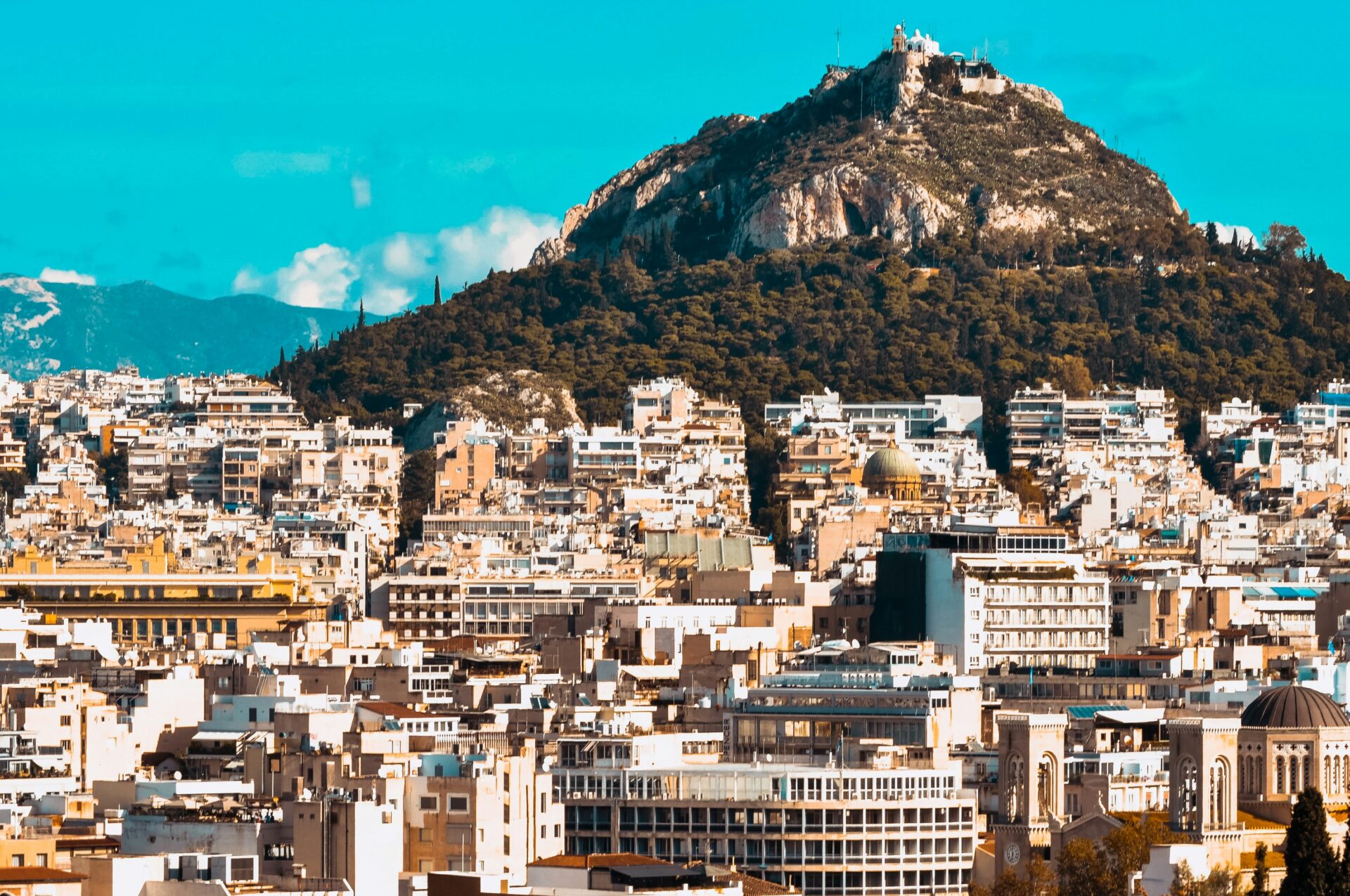
Invitations to Patience and Slowed Exploration
Plaka has taught me to be patient, in the best way. The neighborhood doesn’t rush to reveal its secrets.
Groups of school kids or a crowded market stall might slow me down, but I take it as a nudge to look closer.
I watch neighbors chatting outside little shops, and sometimes I just wait my turn to pass by.
These pauses let me spot things: an old man strumming a bouzouki, or sunlight catching on faded blue shutters.
With every slowed step, I notice more. Real discovery comes when I forget the schedule and give myself time to take it all in.
Getting lost is the best way I’ve found to really understand Plaka.
Must-See Spots and Experiences in Plaka
Plaka’s lively maze of cobblestone streets offers more than just pretty views. Its history, food, green spaces, and seasonal celebrations always seem to pack each visit with new memories and surprises.
The Acropolis Museum’s Draw
The Acropolis Museum always impresses me. Even after several visits, the way sunlight filters over glass floors—showing ancient ruins below—still feels magical.
You’ll find original statues, marble friezes, and interactive displays that bring ancient Athens to life. Kids flock to the LEGO Acropolis model, while art lovers linger by the Caryatids.
The views from the museum’s top floor—especially with the Parthenon framed beyond the glass—are something special, especially at sunset.
I always browse the museum shop for thoughtful souvenirs, and the café is a great spot for a midday coffee or an easy lunch. History, art, and city views all come together here.

National Garden Retreats
When I need a break from Plaka’s bustle, I slip into the National Garden. The entrance hides in plain sight, right by Syntagma Square.
Suddenly, city noise fades away, replaced by shade, tall palms, and birdsong.
Families wander here, and I’ve seen locals reading under blooming trees. Benches are everywhere, perfect for people-watching or a quick snack.
Inside the garden, you’ll find:
- A small zoo with goats and rabbits.
- A duck pond and hidden bridges.
- Ruins from Roman baths and ancient mosaics.

It’s easy to lose track of time wandering the shady paths or peeking into the glasshouse. Even on hot days, the garden stays cool and feels like a true escape.
Holiday Lights and New Year’s Eve Festivities
Plaka in December becomes something out of a storybook. I love walking down lanes strung with twinkling lights and peeking into shop windows full of festive treats.
Traditional Greek Christmas carols drift from small squares where families gather.
If you’re around for New Year’s Eve, you’ll find live music near Monastiraki and little groups lighting sparklers.
Local tavernas fill up with people toasting the new year—usually with wine or ouzo.
A few things stand out:
- Sweet-smelling melomakarona cookies everywhere
- Street performers playing festive songs
- A sense of joy, especially as midnight gets close

Even if you’re traveling solo, Plaka’s energy sweeps you up into the celebration.
Local Tapas and Culinary Surprises
The food scene in Plaka is always a highlight for me, especially the local version of tapas—meze. Between souvenir shops and jewelry stands, you’ll find cozy tavernas with outdoor tables and the delicious smell of grilled meats.
A typical meze table has:
- Fried zucchini balls (kolokithokeftedes)
- Creamy tzatziki with fresh bread
- Grilled octopus or sardines
- Slices of spicy sausage (loukaniko)
Don’t miss the house wine or a cold glass of retsina. Servers are usually happy to recommend dishes you haven’t tried, and often, they’ll bring a complimentary dessert at the end.

Sampling these small plates lets me taste Plaka’s flavors, one bite at a time.
How to Explore Plaka: Tips and Guided Routes
Plaka is best enjoyed at your own pace. Picking the right way to explore can really shape your experience.
Whether you join a group, chat with shop owners, or wander solo, a little planning helps you find hidden spots and connect with the neighborhood.
Guided Tours vs. Private Tours
On my first trip, I joined a classic guided tour. The guide gave me a solid overview of Plaka’s history, from neoclassical houses to ancient markets.
They pointed out small museums, the Church of Kapnikarea, and even the best place for baklava.
Guided tours usually keep to a schedule and hit the big sights, which is great if you want structure and lots of facts. Groups often start at Syntagma Square or Monastiraki and make stops at the iconic spots.
These tours are affordable and easy to join last-minute.
A private tour feels way more personal. The guide lets me choose what I want to see, answers all my questions, and takes me into hidden alleys away from the crowds.
Private tours can focus on food, ruins, or even just Instagram-worthy photos. They cost more, but if you want a deep dive or have special interests, it can make the day really special.
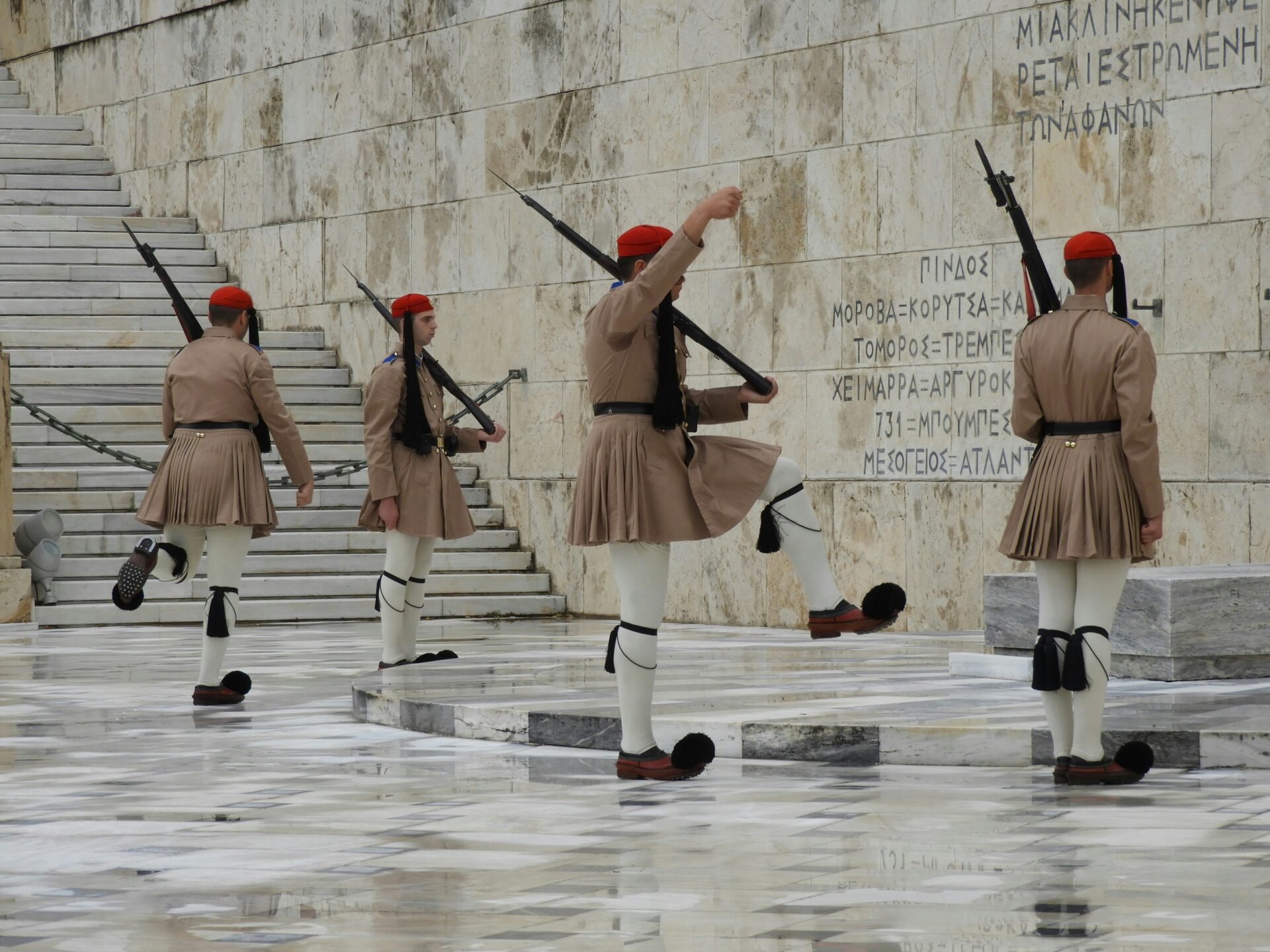
Here’s a quick comparison:
| Type | Best For | Cost | Flexibility |
|---|---|---|---|
| Guided Tour | Beginners, budget travelers | Low | Limited |
| Private Tour | Custom interests, deep dives | High | Very flexible |
Short Questions for Locals
My favorite trick for getting the most out of Plaka? I ask locals short, friendly questions. Stuff like:
- “Where’s your favorite café around here?”
- “Is there a quiet street to escape the crowds?”
- “Any traditional desserts I should try?”
Most Athenians in Plaka are happy to help. I usually say a quick Kalimera (good morning) before asking.
In little shops, staff often share tips about streets or hidden spots I’d never find on my own.
Shops with fewer tourists feel more relaxed, so I’ll ask about a building’s history or good places for sunset.
A short question can lead to a great tip—or even a story. Even with my basic Greek, I find that curiosity, patience, and a smile open doors. Sometimes, those doors lead to tiny rooftop terraces!
Support for Solo Wanderers
I love exploring Plaka on my own. Wandering without a plan lets me slip into side streets, browse bookshops, or grab sweets at some corner café whenever the mood strikes.
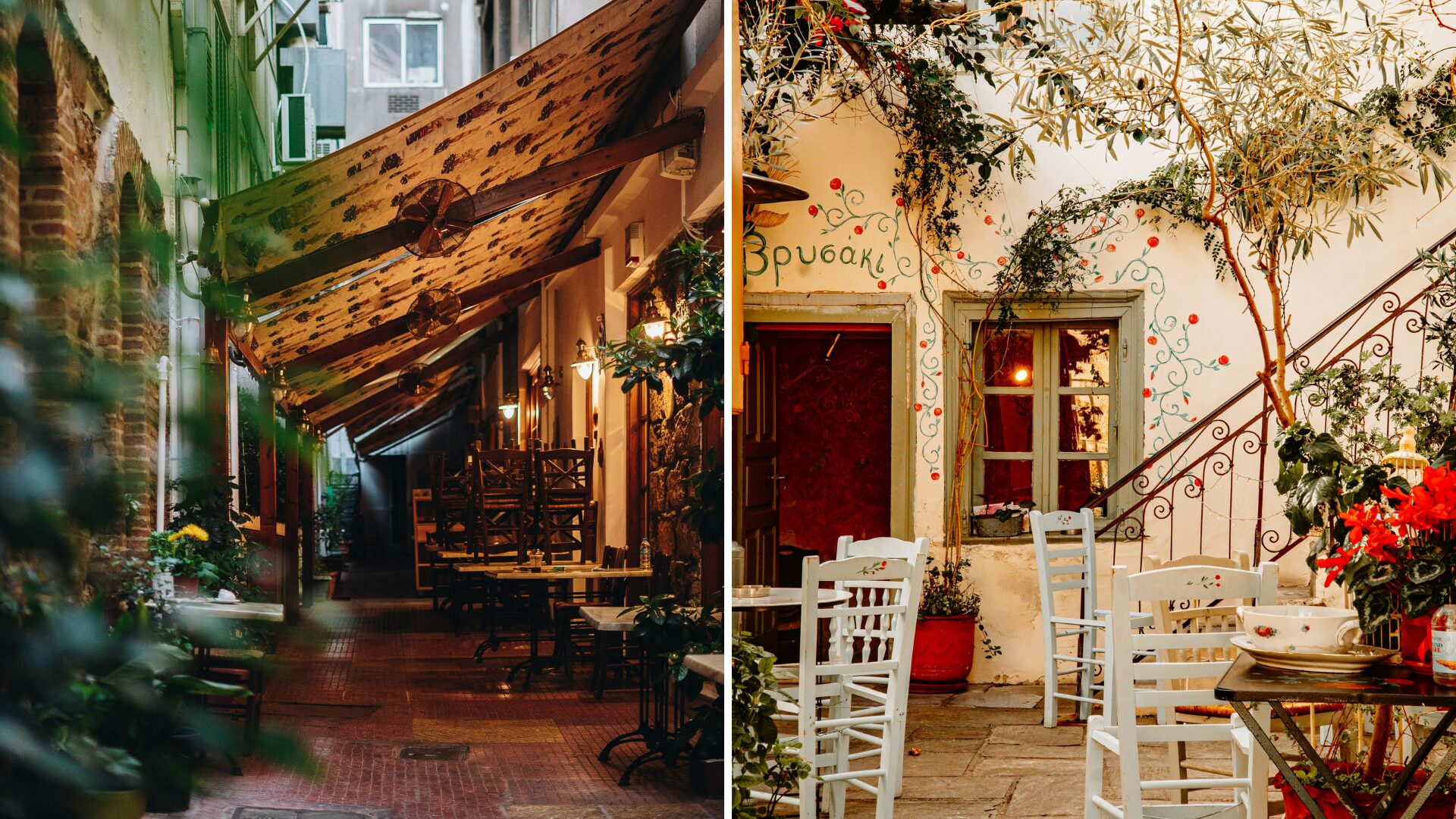
Support for solo wanderers? It’s everywhere. You won’t find every route labeled, but street maps and navigation apps usually do the trick.
I always keep an offline map handy, just in case my data drops out in a narrow alley. Most cafés, bakeries, and souvenir shops offer free Wi-Fi, and the staff are used to tourists needing directions back to the main roads.
Sometimes, I spot walking tours on public bulletin boards. Other solo travelers join in, so the adventure doesn’t feel quite so solitary.
Locals often check in if I look lost. I never hesitate to ask someone for help.
In Plaka, wandering alone never really means you’re on your own.
Beyond Plaka: Inspirations from Other Destinations
Traveling through Plaka often reminds me of other places with winding alleys and layered histories. Some Athenian streets buzz with familiar energy, while others feel totally unique—each one worth noticing for its quirks.
Thinking about these connections helps me appreciate Plaka’s spirit even more.
Comparisons With Santorini and the Peloponnese
Whenever I walk Plaka’s cobblestone lanes, I think of Santorini’s whitewashed passageways and the historic towns in the Peloponnese, like Nafplio or Monemvasia.
Both Santorini and Plaka love their steps, color, and outdoor cafés. In Santorini, houses seem to cling to the cliffside, stacked on top of each other.
Plaka isn’t built on a caldera, but sometimes I almost forget that and imagine I’m on one of the islands.

The Peloponnese has a different vibe. Its stone villages feel quieter, older—maybe even more “primitive.” Time slows down there.
Plaka feels livelier, but I see echoes of folk art and open-air markets in both places.
If you compare these spots, you swap bustling sights for peaceful, tucked-away corners. And there’s always a taverna waiting nearby.
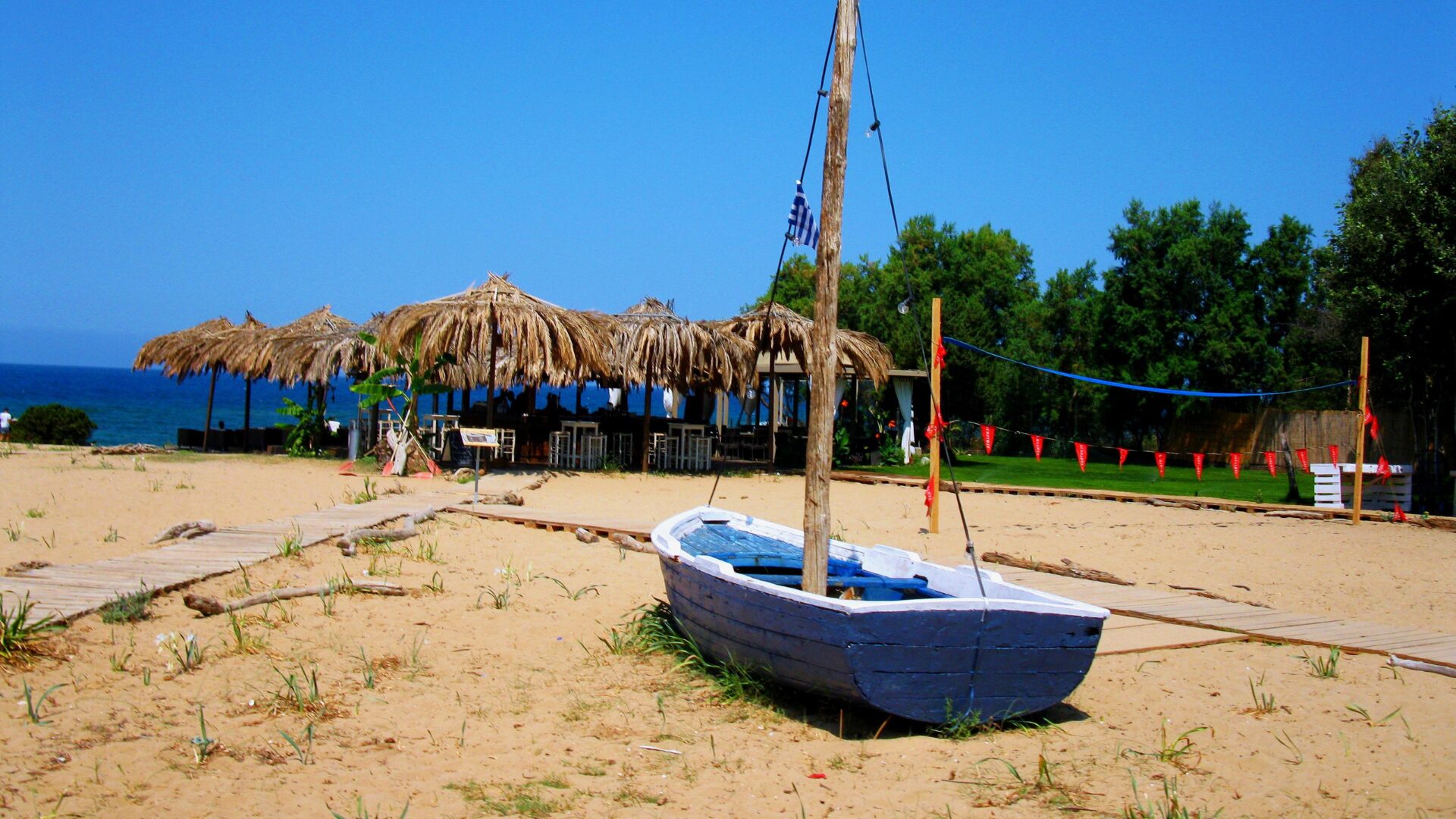
Quick Comparison Table
| Feature | Plaka | Santorini | Peloponnese |
|---|---|---|---|
| Atmosphere | Bustling | Relaxed | Historic/Quiet |
| Architecture | Neoclassical | Cycladic | Stone-built |
| Views | Acropolis | Caldera/Sea | Mountains/Sea |
Echoes of Florence and Milano
Florence always sticks in my mind for its textured streets and hidden piazzas. When I wander Plaka, I remember getting lost in Florence’s maze of narrow lanes, where art pops up behind every corner and window box.
Street musicians and outdoor artists gather in both cities. That spontaneous energy draws me in.
Milano feels much more orderly and elegant. But when I turn onto Ermou Street, I notice the same mix of old shops and new fashion.
Milano’s Galleria Vittorio Emanuele is grand, but Plaka offers its own less formal treasures: tiny jewelry shops, leather stalls, quirky bookstores.
Watching history blend with daily life in all three places never fails to fascinate me.
San Francisco, Odessa, and Trinity College Connections
Plaka sits far from San Francisco, but steep hills and colorful stairways remind me of neighborhoods like Russian Hill. I love how the view shifts every few steps.
Odessa comes to mind too—especially its long staircases, like the Potemkin Stairs, that carve a rhythm into the city.
One rainy morning, Plaka’s bookshops made me think of wandering through Trinity College in Dublin. The college’s courtyards and libraries are a world away from Athens, yet Plaka’s quiet corners, especially near the museums, have the same hush.
Both places invite you to slow down and stumble on something old and unexpected.
Shared Features Table
| Place | Notable Feature | Plaka Resemblance |
|---|---|---|
| San Francisco | Hilly neighborhoods | Sloped paths, viewpoints |
| Odessa | Grand staircases | Steep stairways |
| Trinity College | Quiet courtyards | Museum gardens, bookshops |
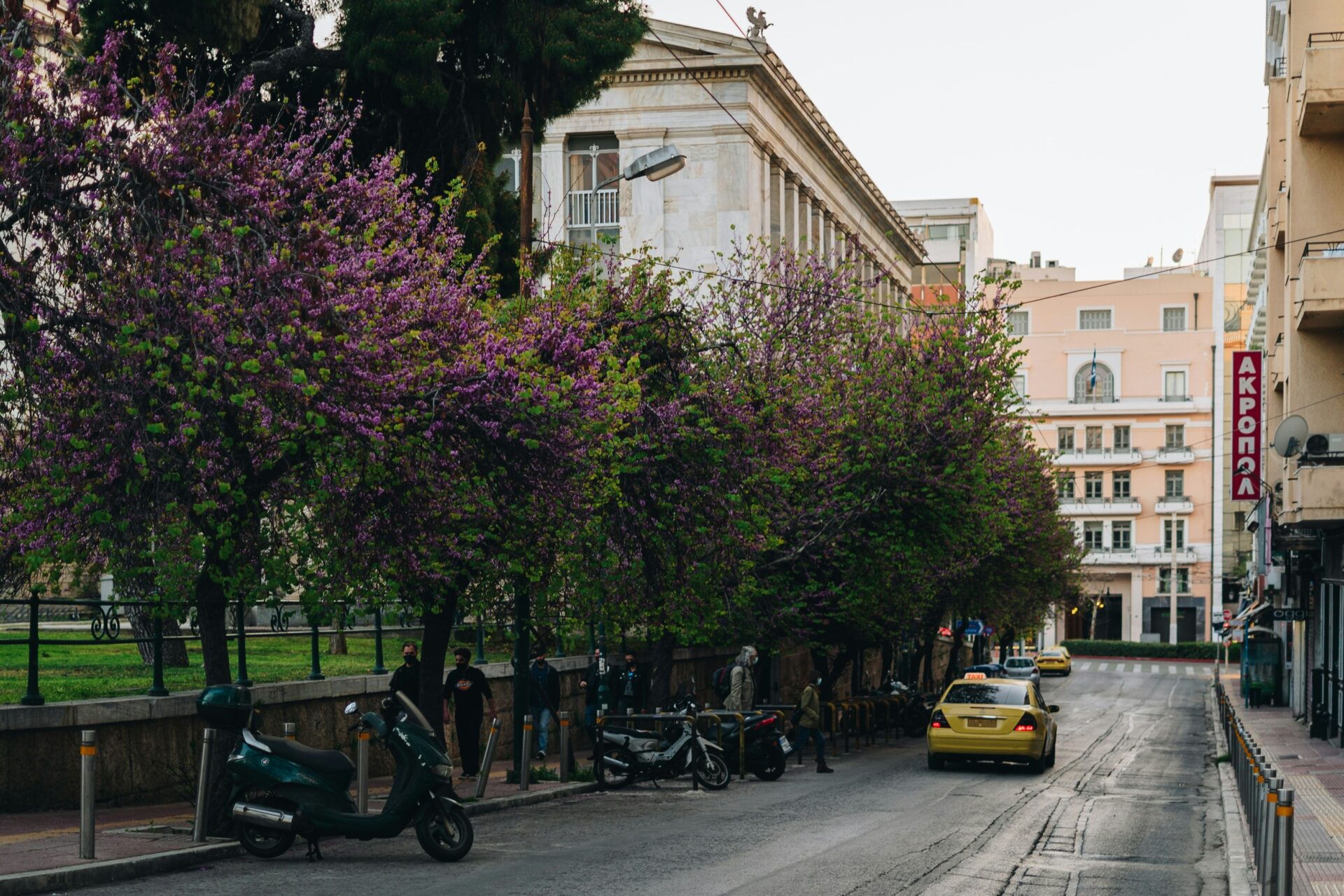
Alpine and Primitive Influences
Sometimes Plaka’s vibe shifts fast—from busy avenues to quiet alleyways that feel untouched by time. The stone paths and sudden gardens take me back to small Alpine villages in Austria or France.
There, the wild beauty stands out: wood beams, stone steps, patches of greenery you don’t expect.
The Alps taught me to look for both the tame and the “barbaric” in old places. Plaka doesn’t have mountain peaks, but tucked-away corners show grapevines curling over doorways or rough marble steps worn down by generations.
People live close to the elements, with nature and history right next to each other.
If you slow down, the “primitive” alongside the polished parts of Plaka gives you a new way to see any old city.
Memorable Moments: Weddings, Civil War Echoes, and Urban Legends
Plaka blends ancient stories with daily life. Some of my best memories come from simple walks that led to surprises—wedding celebrations, quiet reminders of Greece’s past, and whispered tales from locals about things that might not even be true.
The Wedding: Romance in Athenian Alleys
One late afternoon, I turned a corner and walked right into a wedding procession. The bride glowed in white, moving through a narrow street lined with bougainvillea.
Her family played traditional Greek music on violins and bouzoukis. Neighbors leaned from balconies, tossing rice and shouting good wishes.
It felt like a movie, but this is real joy in Plaka. Weddings often spill out of churches like Agios Nikolaos Ragavas and into the cobblestone streets.
Couples and families pose for photos under flowering vines and faded blue shutters. Shops even sell sugared almonds—koufeta—for lucky visitors who catch a ceremony.
Watching a real Plaka wedding is unforgettable. It’s a taste of Greek culture you can’t really plan for.
Keep your camera ready, but always respect the happy couple’s space.
Civil War Memories in Modern Plaka
Under all the pastel charm, Plaka hides real scars from Greece’s past. As I explored, I spotted old bullet marks on stone walls near Lysikratous Square.
Locals told me these marks come from the Greek Civil War (1946–1949), when Athens split between government soldiers and rebels.
People sometimes overlook these quiet reminders. But if you look closely, Plaka’s buildings show fading graffiti, old police checkpoints, and monuments to wartime resistance.

Guides often share stories about secret hiding spots used by partisans. Seeing these details made me pause and realize Plaka wasn’t always about weddings and coffee shops.
History buffs will find these traces powerful—the kind of details that make guidebooks feel real.
Fascinating Urban Legends and Stories
Plaka has its fair share of stories that dance between reality and legend.
One favorite tale? Locals whisper about a hidden Ottoman tunnel beneath the district. They say it connects ancient houses to the Acropolis.
At dusk, people claim to spot mysterious shadows. Almost every taverna has at least one staff member ready to tell a spooky story—or two.
Another classic centers on a ghost that supposedly shows up near the Church of Panagia Chrysospiliotissa. But only when storms roll in. Some restaurants have even taped up lists of reported sightings right on the kitchen wall.
Top urban myths in Plaka:
| Legend | Where to Hear It |
|---|---|
| The Acropolis Tunnels | Guides near Lysikratous Monument |
| The Bride’s Ghost | Outside Panagia Chrysospiliotissa |
| Hidden Treasure in Old Walls | Old cafés along Kydathineon Street |
Go ahead, take a moment to listen. Maybe these stories aren’t all true, but they definitely add a little magic to every corner of Plaka.

